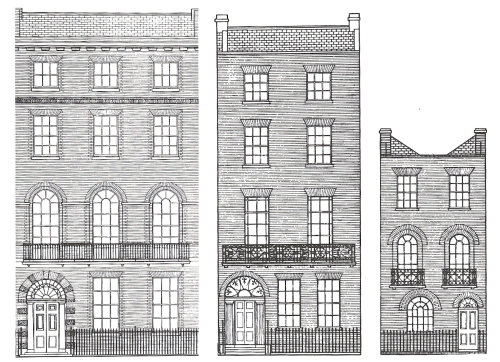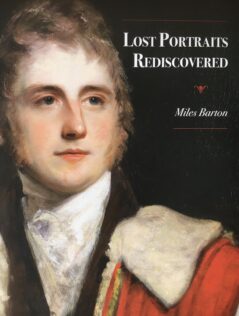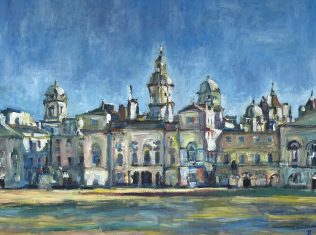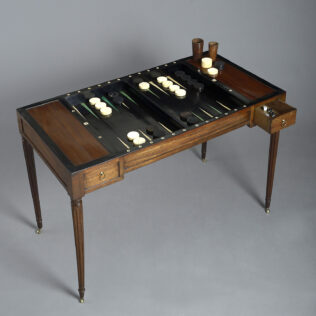Furniture
The Georgian Town House: the epitome of English style
The Georgian Town House is commonly considered the epitome of English style. Its symmetry and gracefulness, derived from Ancient Rome, has embedded itself into English history that it is hard to picture an era more representative of England.
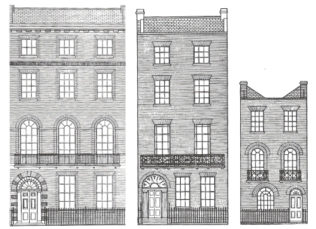
The Georgians were great entertainers and consequently took great interest in fashion and interiors which became progressively more elegant through the era. Exotic influences from China and Japan not only featured, but became the central themes of entire rooms. These foreign themes were the subject of fascination to a society eager to boast an understanding and collection of other cultures.
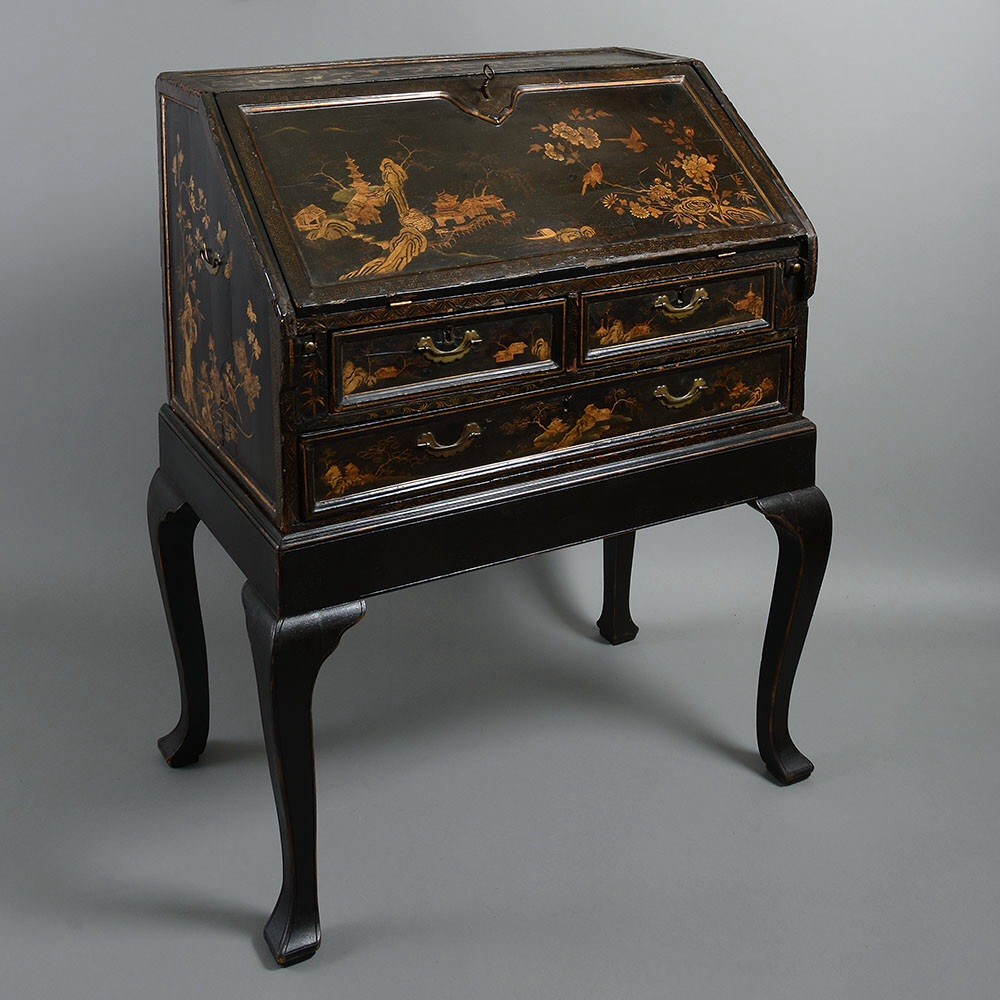
This Chinese bureau would have been made specifically for the Western market, to be exported from Canton, circa 1780, and in the candlelight of the era the gold detailing would have shimmered. Lacquer items, such as this, intrigued the English who attempted to replicate the style in a method known as ‘japanning’.
An English house fortunate enough to possess this bureau would have ensured it sat in a prominent position to be admired. Sophisticated interiors, at this time, would have had hand-painted Chinese wallpapers against which the black lacquer would have stood out but it would have been complimented equally well by the muted tones of the period such as sage green, blue or mustard.
A similarly exotic feature of the Georgian interior was porcelain for which the export markets of China were the most popular choice. The striking designs of Chinese export porcelain were alien to the Western market and thus resulted in huge demand from the English. Dark interiors were injected with floral patterns, cobalt blues and Chinese symbolism that the Georgians did not entirely understand. Ironically, the porcelain patterns once so exotic in the 18th century have become so absorbed into the English interior that they have assumed an Englishness, associated with the rich mahoganies of the period.
This porcelain vase, dating from circa 1720, contains stylised prunus blossoms upon cracked ice with symbols of longevity. Vases such as this were in high demand and were employed to brighten a room.
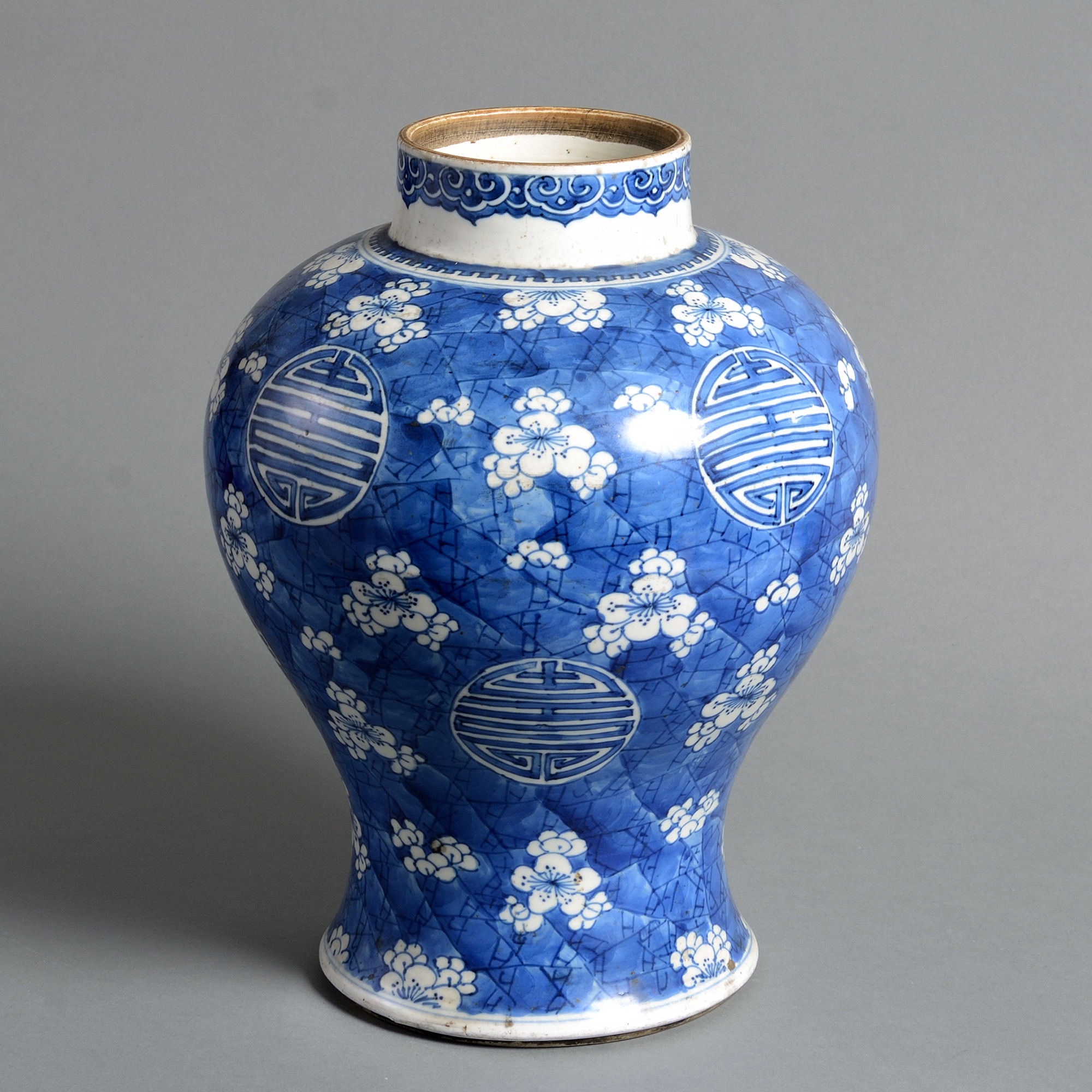
Alongside brightening their interiors with porcelain, mirrors were positioned with light in mind and became an important element of the Georgian era. Expensive to produce they became increasingly decorative, often reflective of architectural themes fashioned in a variety of timbers.
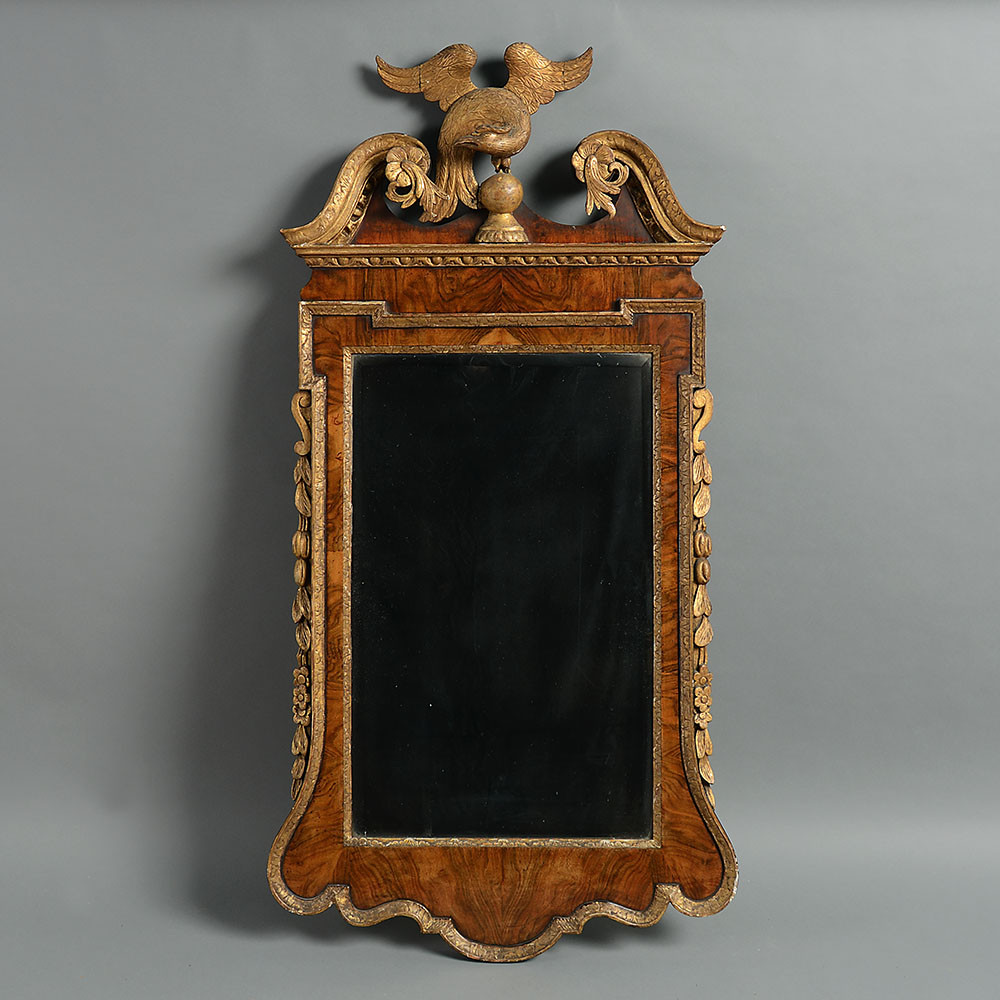
This fine Tabernacle mirror was made circa 1740 and features strong architectural motifs, echoing the Neo-Palladian style with a broken swan pediment, foliate swags and a carved eagle. With its applied walnut veneers and gilt gesso it would have been considered the height of fashion whilst being simultaneously functional. At an impressive 54 ½ inches tall, a mirror such as this would have commanded a large space within a Georgian home and would not only have reflected and increased light within the room but offered pleasing reflections of other decorative items such as portraits.
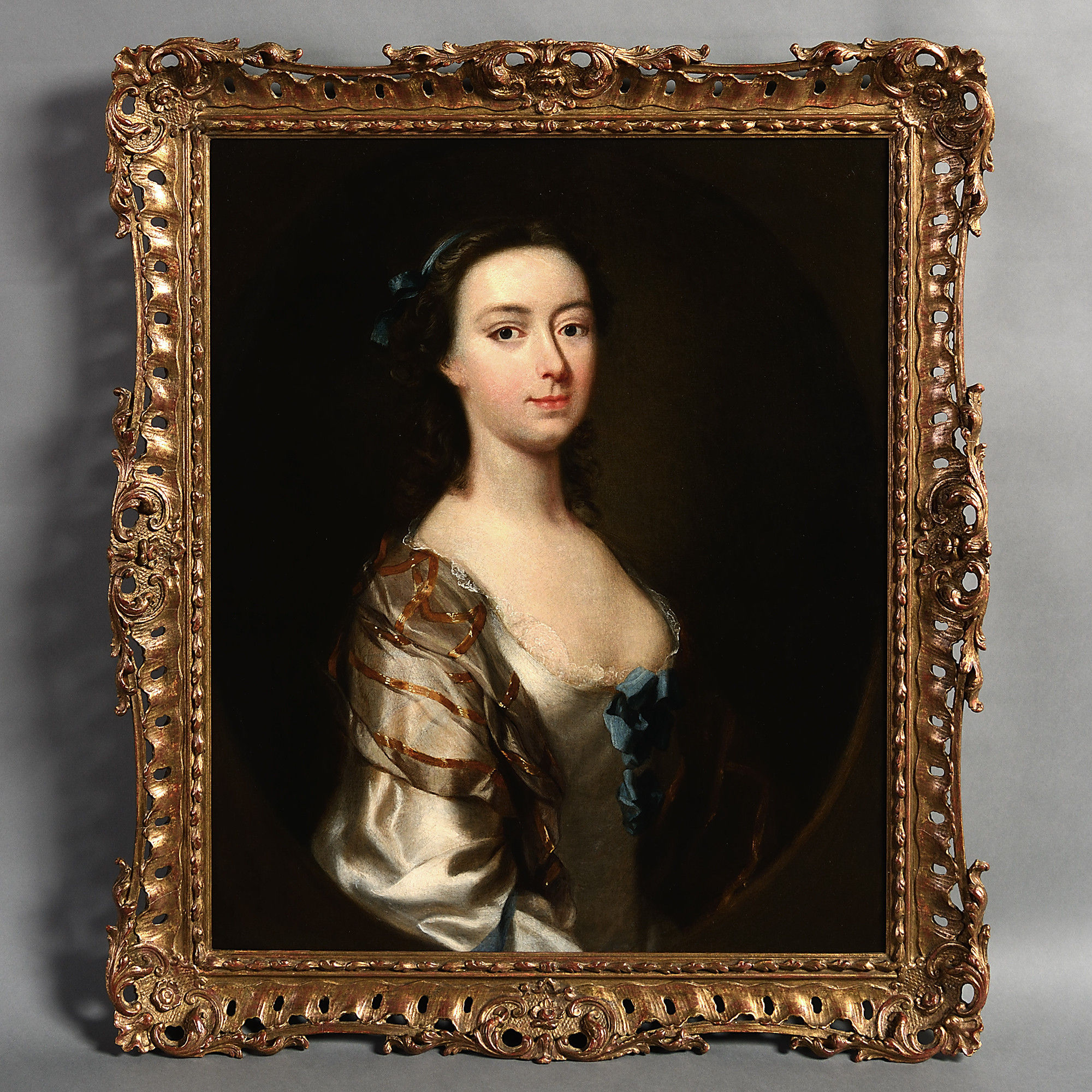
This Portrait of a Lady by Joseph Highmore was painted circa 1745 and is an excellent example of the type of portraiture being produced during in the mid 18th Century. Portraits in the Georgian era portrayed the aspirational ideals of society, and such a painting would be positioned as a focal point, to celebrate a sitter’s beauty and status.
The Georgian Town House, with all its graceful splendour habitually resurfaces in in the designs of subsequent eras; its elegance and sophistication are yet to be matched. Even in the 21st century we continue to look back to Georgian ideals within the context of interior design perhaps due to their unique ability to lend features even to the most contemporary interior with unassumed sophistication.

